The public discourse over Israel and Palestine tends to focus on the peace process and terrorism. However, Palestinian Israelis are generally overlooked.
On Monday, thousands of Palestinian Israelis marched across the country to commemorate the tragic events of October 2000. At the onset of the Second Intifada, as initially peaceful demonstrations swept Arab cities and villages across Israel, police shot and killed 13 unarmed young men. Until this day, no one has been found guilty let alone tried in a court of law, as Israel has long since refused to charge any of the officers.
Even among many “pro-Palestinian” figures, particularly proponents of the moribund two-state solution, there is a curious consensus that within the Green Line, Israel is a genuinely democratic state that ensures equality among all of its citizens. The state’s failure to secure justice for the families of the October 2000 victims is one of many examples that illustrate how this notion is both unfounded and inaccurate.
Indeed, even a brief glance at Israel’s treatment of its largest national minority, 1.5 million Palestinian Israelis, destroys the myth that it is “the Middle East’s only democracy.”
Palestinian Israelis, to be sure, are the descendents of the Arabs who accepted Israeli citizenship after the 1948 war, and generally live in Arab majority areas inside Israel as well as in mixed cities like Haifa and Acre. The Israeli government refers to them as “Arab Israelis,” which the majority of Palestinians understand as a politicized attempt to deny their cultural heritage. Decades of state repression, including tragedies such as the 1976 Land Day killings and the October 2000 deaths, have led most of them to reject Israeli identity in its entirety, defining themselves both culturally and politically as Palestinian.
The state’s response to Palestinian self-assertiveness, despite which side of the Green Line it takes place on, has always been driven by brute force. The consequences for Jewish dissent, on the other hand, are notably softer. When J14 demonstrators attempted to set up tents in Tel Aviv and reignited the social justice movement, they were arrested. Unlike their Arab counterparts, no one was shot and everyone’s legal rights were respected.
Last December, in a far more horrifying and asymmetrical display of legal application, no arrests were made after over a hundred ideologically-intoxicated West Bank settlers, outraged by the state’s decision to evacuate an illegal outpost, attacked and infiltrated an Israeli military base.
This disparity is embedded deep in the makeup of an exclusively Jewish state that effectively renders its national minorities mere footnotes.
Bedouin Villages
This week, at the very moment that Palestinian Israelis commemorated the 12th anniversary of the October 2000 tragedy, Israeli officials were moving to demolish more Bedouin villages in the Negev. The residents of Umm al-Hiran, situated in the northern Negev, received news earlier this week that their village and their homes are going to be demolished and replaced by a state-subsidized Jewish settlement for “national-religious families.”
Umm al-Hiran is not an isolated case. In the Negev, there are over 40 “unrecognized villages” consisting of over 53,000 Palestinian Bedouins. They are denied basic services — water, electricity and gas — and live under the ever present threat of destruction and displacement. Although many of these villages predate the establishment of Israel, and while others were created by the state in order to compensate for lands confiscated after the 1948 war, the Israeli government claims that their presence is illegal.
The most notorious Bedouin village is Al-Araqib, destroyed over 41 times since 2010. Today only three defiant families remain on their land. The Israeli government, in an unveiled attempt to concentrate displaced residents into Bantustan-like enclaves, insists that Al-Araqib’s Bedouin residents abandon their traditional way of life and live in nearby townships. In their place, the Jewish National Fund, a quasi-governmental organization, will build a nature reserve.
Home demolitions are not limited to the Negev. As Human Rights Watch noted last year, Israel systematically denies building permits to Arab families, declares their homes illegal, and proceeds to demolish them. Across Israel, “tens of thousands of Palestinian Arab homes lack required permits and are at risk of demolition.”
Like in the Negev, Jewish settlement projects are erected atop the rubble of the destroyed Palestinian homes. In 2011, Minister of Interior Eli Yishai declared his support for the construction of a Yeshiva, or Jewish religious college, with the hopes of “bringing another 50,000 Jews” to Lod in order to “save and keep the city.”
This process of allocating housing along ethnic lines is not a recent development; it is an integral historical component. Since 1948, Palestinians citizens have been confined to neighborhoods and villages that predate the state, while innumerable Jewish communities were established and have flourished.
In 1996, as Ben White pointed out, “57 percent of unlicensed building was carried out by Palestinians, but they constituted 90 percent of all demolitions.”
This by no means exhausts the immense barriers to equality faced by Israel’s largest minority. Yet the destruction of homes across the country, the systematic concentration of Bedouins into “Bantustans”, and the unapologetic murder of 13 Palestinian Israelis are part and parcel in a state founded on notions of ethnic and religious inequality, discrimination, and segregation. These are not echoes of apartheid; they are defining characteristics.
The views expressed in this article are the author’s own and do not necessarily reflect Fair Observer’s editorial policy.
Support Fair Observer
We rely on your support for our independence, diversity and quality.
For more than 10 years, Fair Observer has been free, fair and independent. No billionaire owns us, no advertisers control us. We are a reader-supported nonprofit. Unlike many other publications, we keep our content free for readers regardless of where they live or whether they can afford to pay. We have no paywalls and no ads.
In the post-truth era of fake news, echo chambers and filter bubbles, we publish a plurality of perspectives from around the world. Anyone can publish with us, but everyone goes through a rigorous editorial process. So, you get fact-checked, well-reasoned content instead of noise.
We publish 2,500+ voices from 90+ countries. We also conduct education and training programs
on subjects ranging from digital media and journalism to writing and critical thinking. This
doesn’t come cheap. Servers, editors, trainers and web developers cost
money.
Please consider supporting us on a regular basis as a recurring donor or a
sustaining member.
Will you support FO’s journalism?
We rely on your support for our independence, diversity and quality.



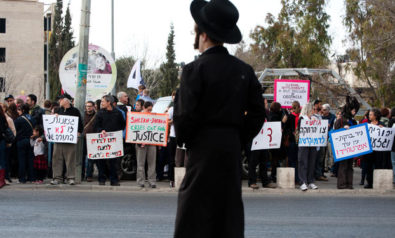
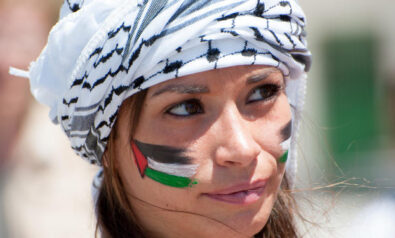
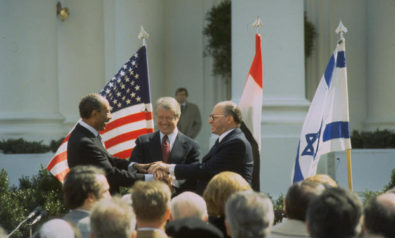
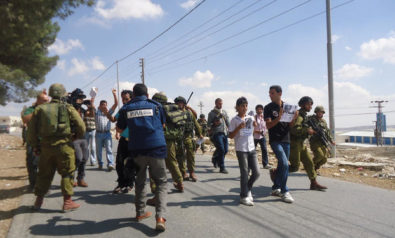

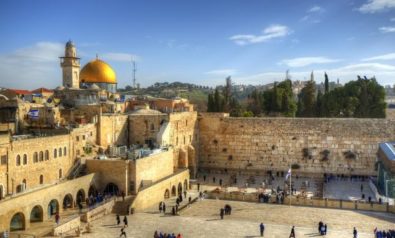
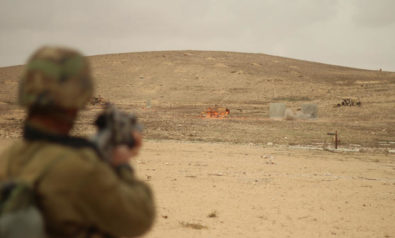
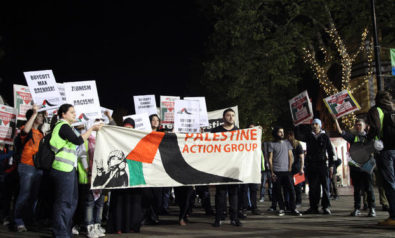
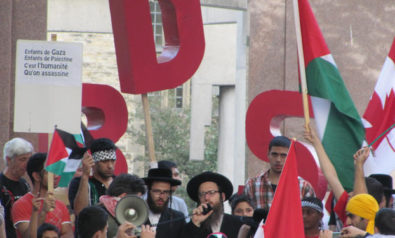

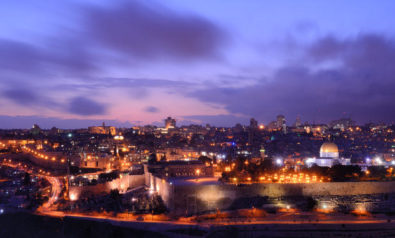
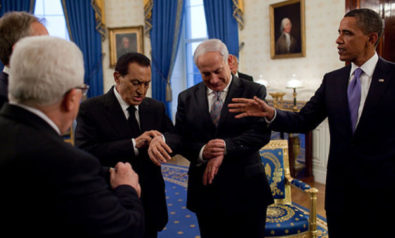

Comment